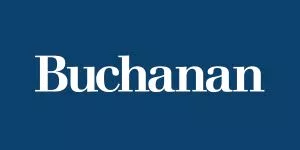- within Government, Public Sector, Law Department Performance and Criminal Law topic(s)
The FY 2021-22 General Appropriations bill provides for $40.815 billion in spending, a 2.6% ($1 billion) increase from last year's budget. The budget is supported by more than $3.8 billion of revenue from the American Rescue Plan (ARP) Act. The budget includes a $2.5 billion transfer to the Rainy Day Fund (bringing its balance to roughly $2.8 million), sets aside $2.6 billion in ARP dollars to assist in balancing next year's budget, and has a surplus of $2.5 billion.
The following appropriations have been made from federal the Coronavirus Restricted Account:
- $728.8 million for child care stabilization.
- $499.7 million for school districts through the Elementary and Secondary School Emergency Relief Fund (ESSER).
- $450.8 million for emergency rental assistance through the counties.
- $372 million for pandemic response.
- $350.3 million for the homeowner assistance program through the Pennsylvania Housing Finance Agency (PHFA).
- $282 million for nursing homes, assistant living and personal care homes, and ventilation.
- $279 million to the Motor License Fund for coronavirus capital projects.
- $152.7 million for non-public schools.
- $100 million for the State System of Higher Education ($50 million for each of the next two fiscal years).
- $50 million for PHFA cost relief.
- $43.2 million for low income water and wastewater energy assistance through the Department of Human Services.
- $5 million for emergency medical services.
- $4.7 million for libraries.
Turning to appropriations from the General Fund, K-12 education makes up the majority (33%) of this year's appropriations, highlighted by:
- $300 million increase in basic education funding.
- $50 million increase for special education funding.
- $40 million increase for the Educational Improvement Tax Credit (EITC) program.
- $5 million increase for Head Start Supplemental Assistance.
The rest of the $40.8 billion of total spending is appropriated as follows:
- 27% for medical assistance and long-term care.
- 15% for other Department of Human Services programs.
- 8% for other spending.
- 6% for criminal justice.
- 5% for higher education.
- 3% for offline federal stimulus spending.
- 3% for debt service.
The content of this article is intended to provide a general guide to the subject matter. Specialist advice should be sought about your specific circumstances.


